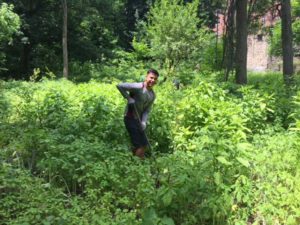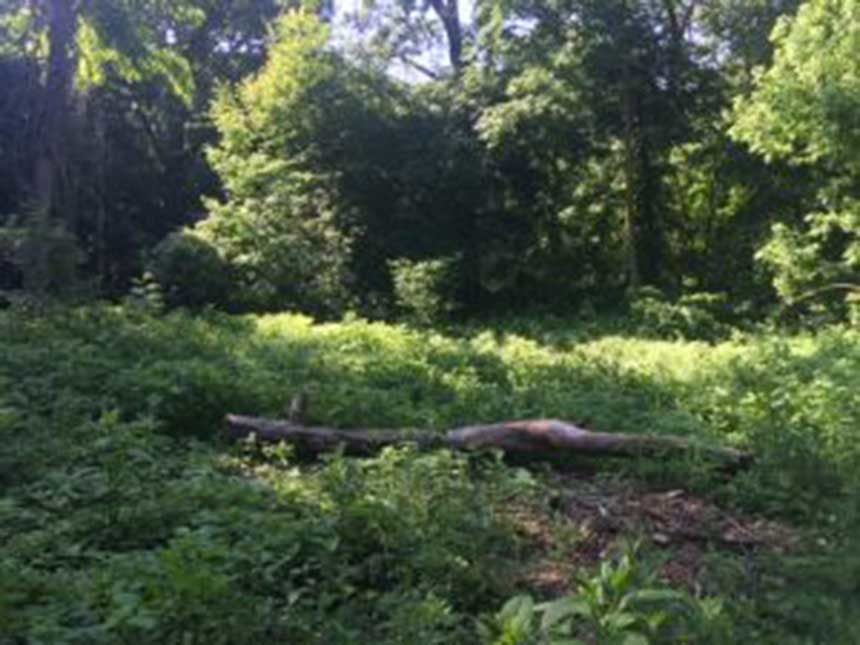One of the intriguing questions of modern ecology is what set of principles dictate the structure of plant communities and what factors contribute to the heterogeneity of forest biodiversity. One mechanism in NYC forests are canopy gaps. A canopy is represented by the photosynthetic parts, the leaves, of the largest trees in a forest. A canopy gap forms because of large trees, falling to the ground as a result of poor soil conditions, the development of strong wind vortices, old age, disease or likely a combination of these. The alteration in light intensity and microclimate, triggers an opportunistic response from the plant community, which as a function of varying physiological adaptations, causes a dramatic change in plant species composition relative to the forest interior. Canopy gaps generate a mosaic like landscape structure that likely increases species richness at the scale of whole parks, however non-native plants tend to dominate the communities within canopy gaps, ultimately leading for a need for better ecological understanding and management.

The Friends of Van Cortlandt Park in collaboration with the Van Cortlandt Park Conservancy and NYC Parks’ Natural Areas Crew for the Park have under taken measures to reduce non-native plant species within prominent canopy gaps throughout Van Cortlandt Park. These efforts were launched in January of 2018 thanks to the support of an Urban and Community Forestry grant from the NYS Department of Environmental Conservation. Our canopy gap team, working with volunteers including multiple troops of skilled high schoolers from the Saint Raymond School for Boys, Manhattan College and the FVCP Trails Crew, have implemented a non-spray approach, removing invasive plants by hand. Concentrating on below ground interactions, small -patch scale soil disturbance was used, coupled with the planting and spreading of seed of native plants such as Carex, Juncus and Betula. Our programs have also provided opportunity for multiple cohorts of community members to participate in learning the skills necessary for constructing a cultural and societal future held together by soil and roots. In addition to our direct impact on restoring plant communities, we hope to encourage indirect processes, such as increasing pollinator species at our sites and reducing the input of trash as the perception of land use changes with the shifting plant community. Therefore, if successful we hope to reduce non-native plant species, increase local native animal diversity and above all educate and challenge people to commune with nature, think about soil, bugs and forest history and feel the joy of being a NYC naturalist!
Volunteers are welcomed to join us during our upcoming Canopy Gap Volunteer Days- the Friends will be hosting volunteers on September 8th, October 13th and November 10th and the Conservancy will be hosting volunteers on September 22nd, November 17th and December 15th. All volunteer events start at 10am. Please email john@vancortlandt.org to RSVP and for meeting location information. If you have a group of 10 or more that would volunteer please email john@vancortlandt.org to schedule a volunteer event.


